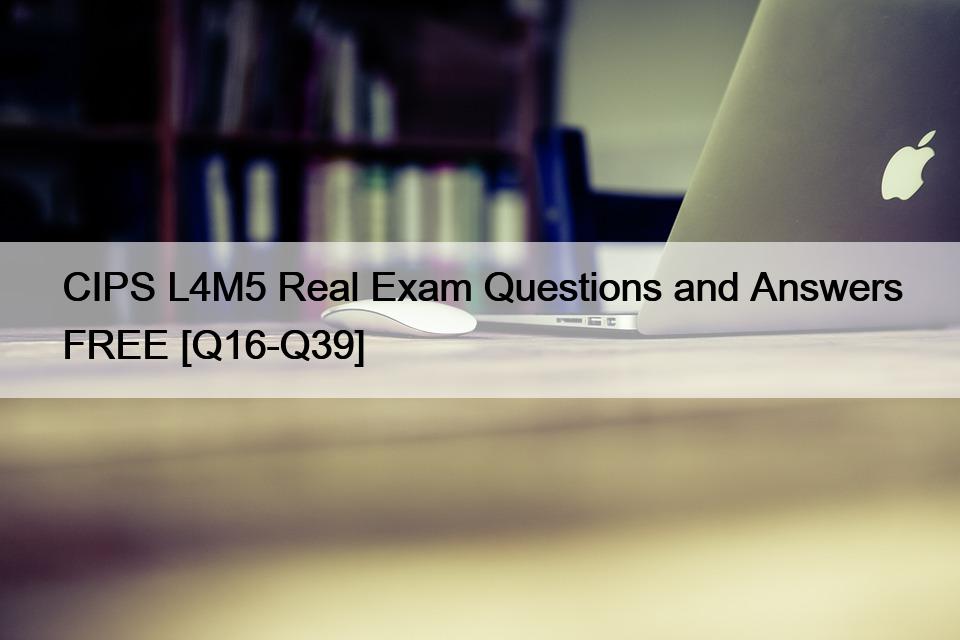4/5 - (1 vote)
CIPS L4M5 Real Exam Questions and Answers FREE
Exam Dumps L4M5 Practice Free Latest CIPS Practice Tests
CIPS L4M5 Exam Syllabus Topics:
| Topic | Details |
|---|---|
| Topic 1 |
|
| Topic 2 |
|
| Topic 3 |
|
| Topic 4 |
|
| Topic 5 |
|
| Topic 6 |
|
| Topic 7 |
|
| Topic 8 |
|
| Topic 9 |
|
![]()
Verified L4M5 Exam Dumps Q&As – Provide L4M5 with Correct Answers: https://www.braindumpspass.com/CIPS/L4M5-practice-exam-dumps.html


Recent Comments